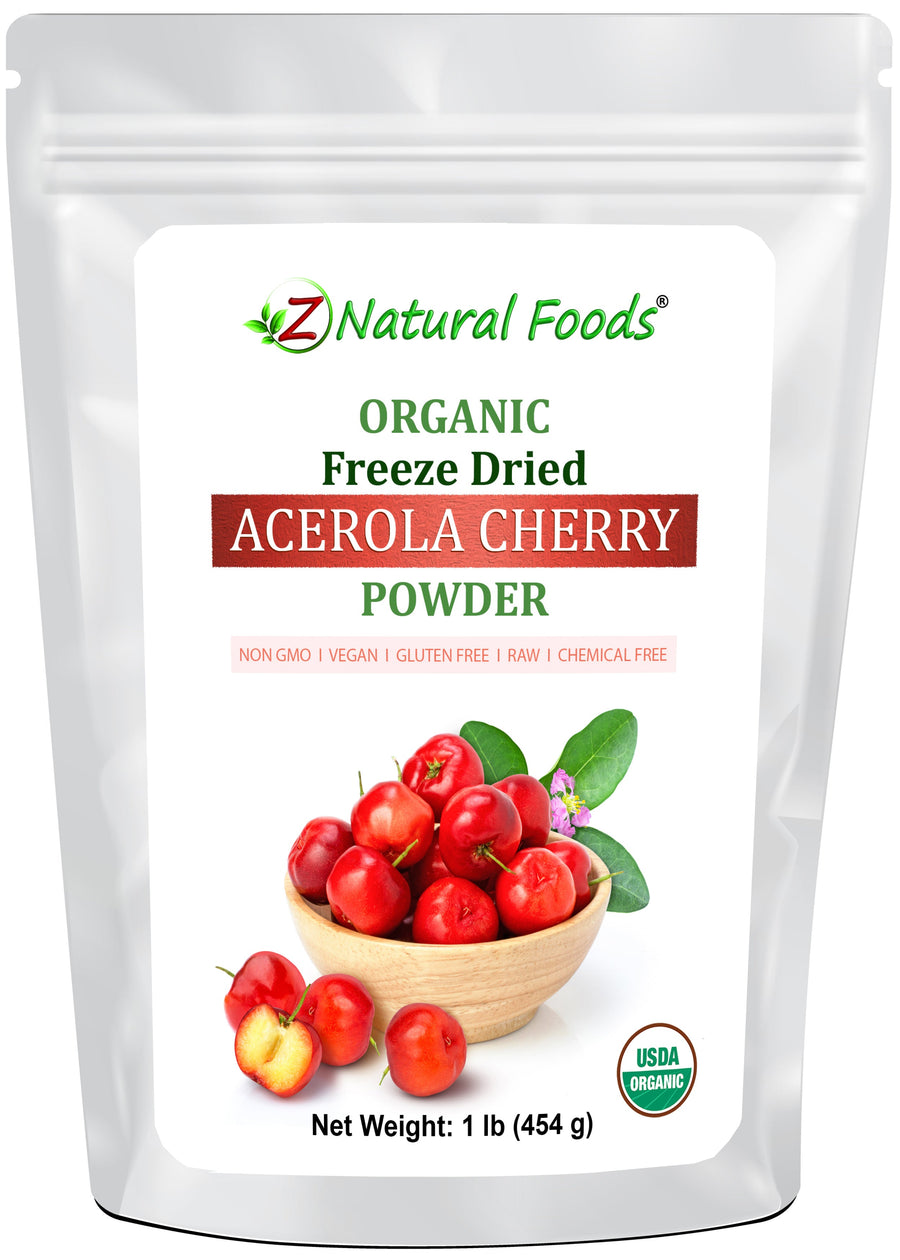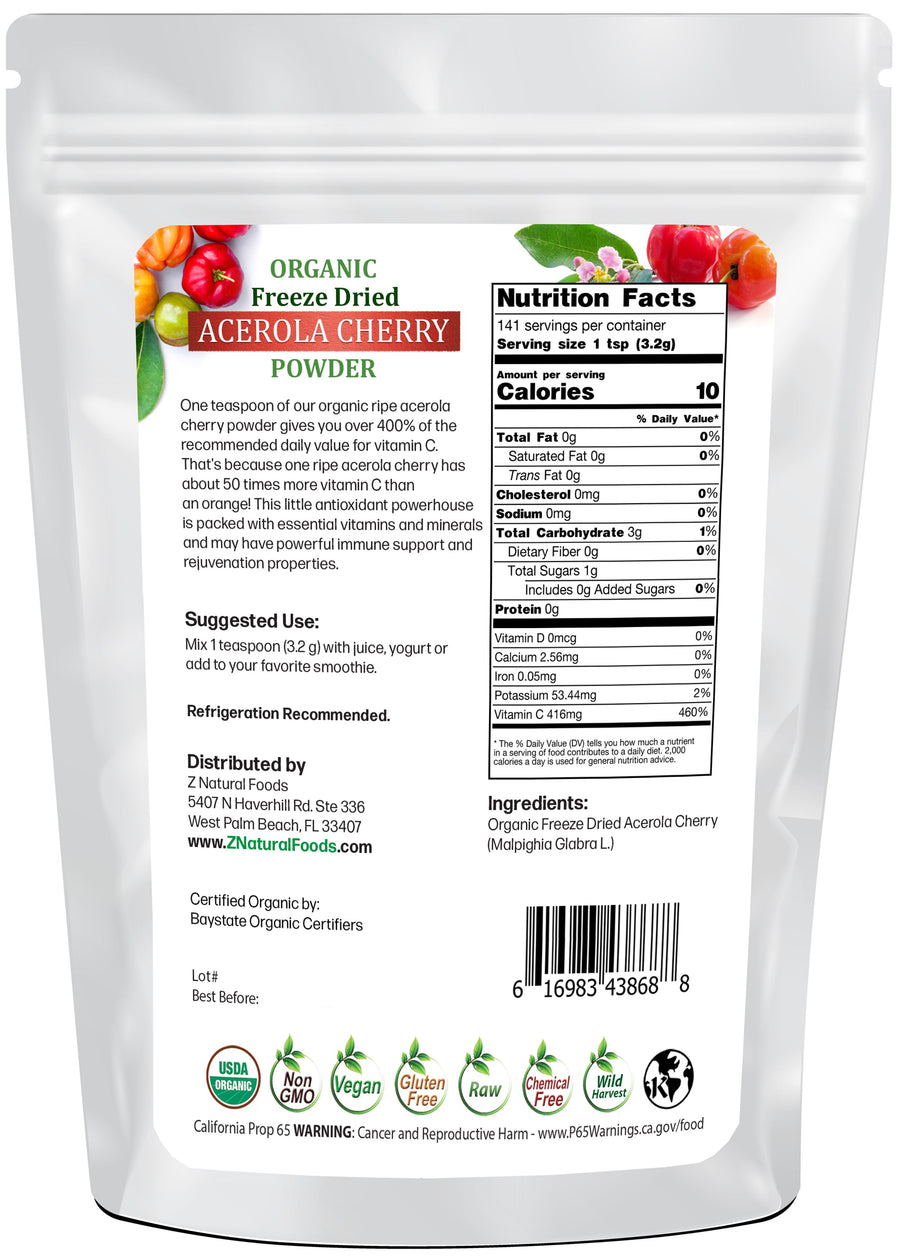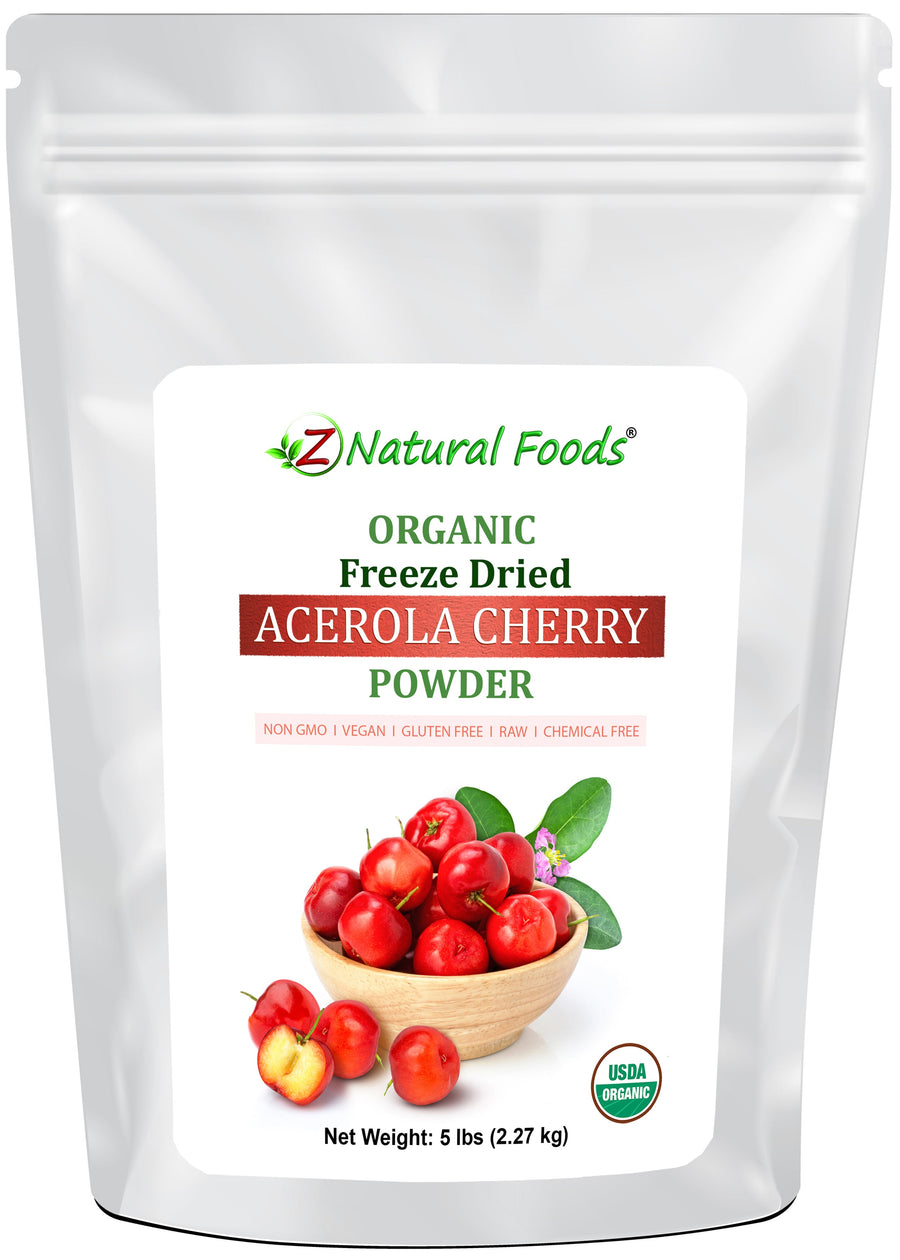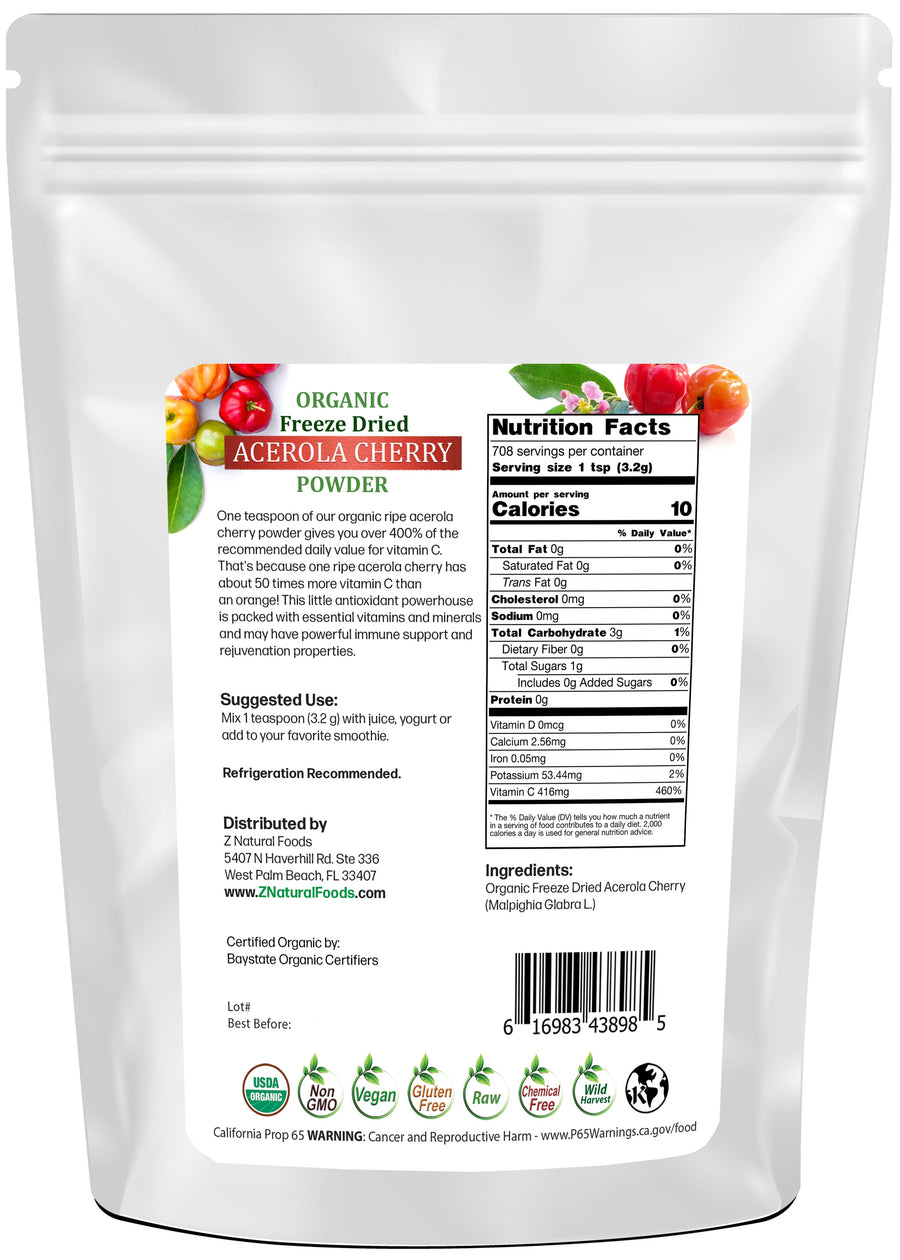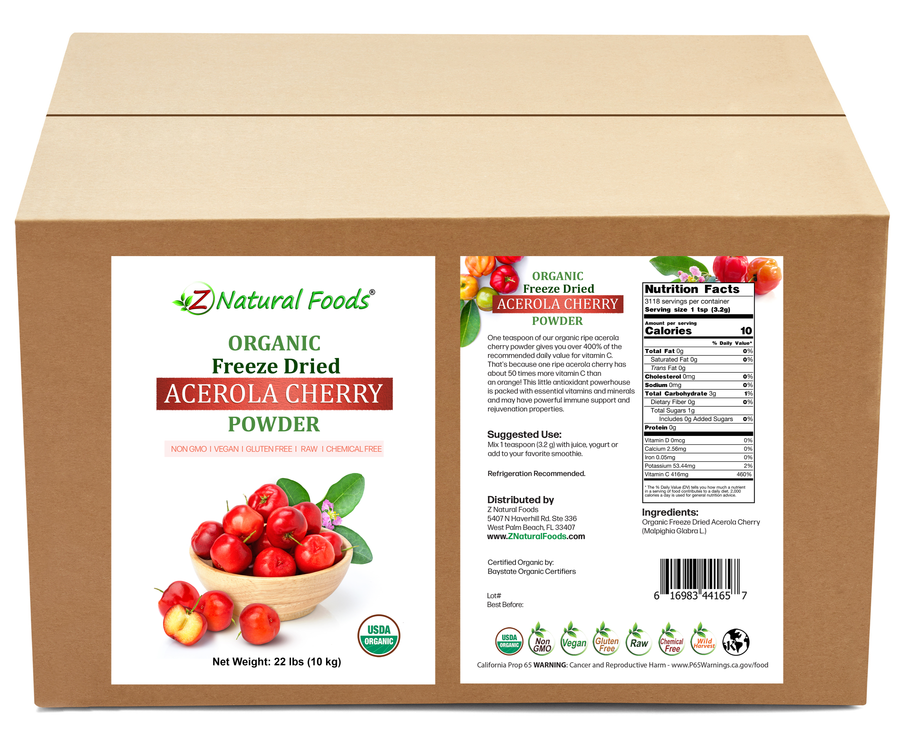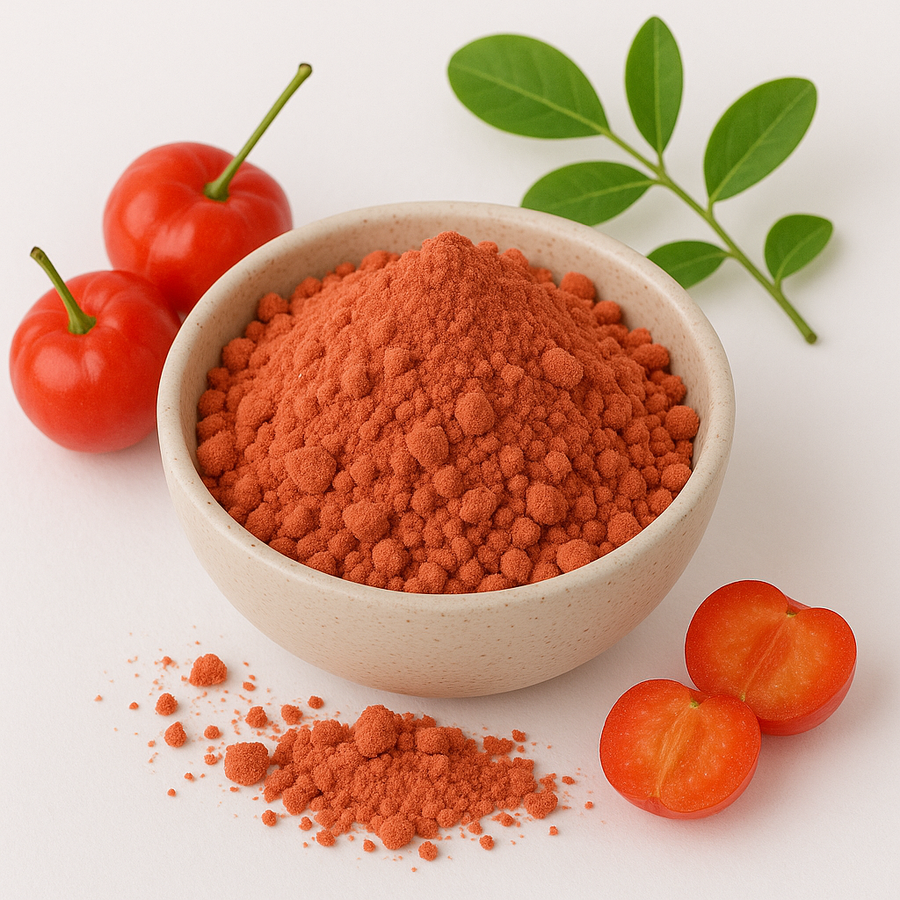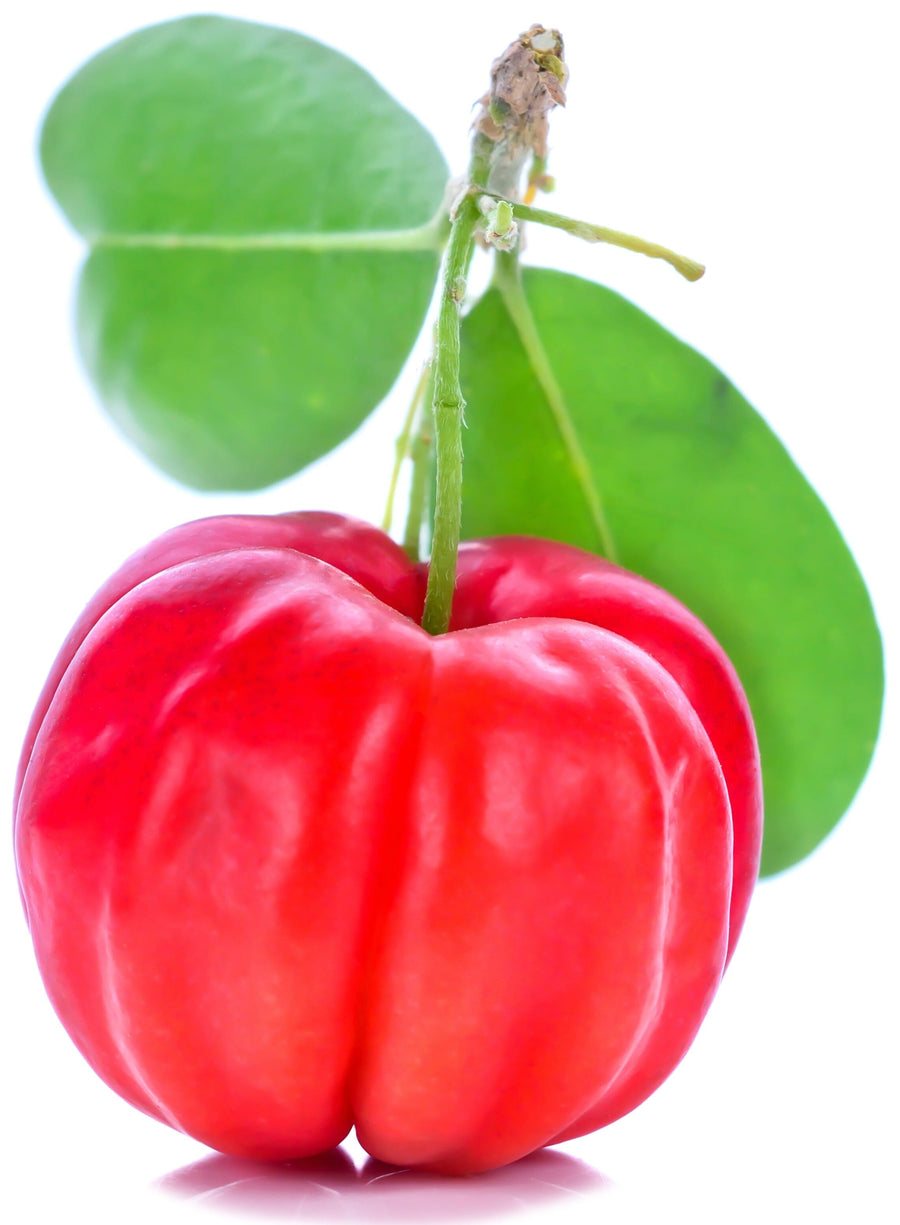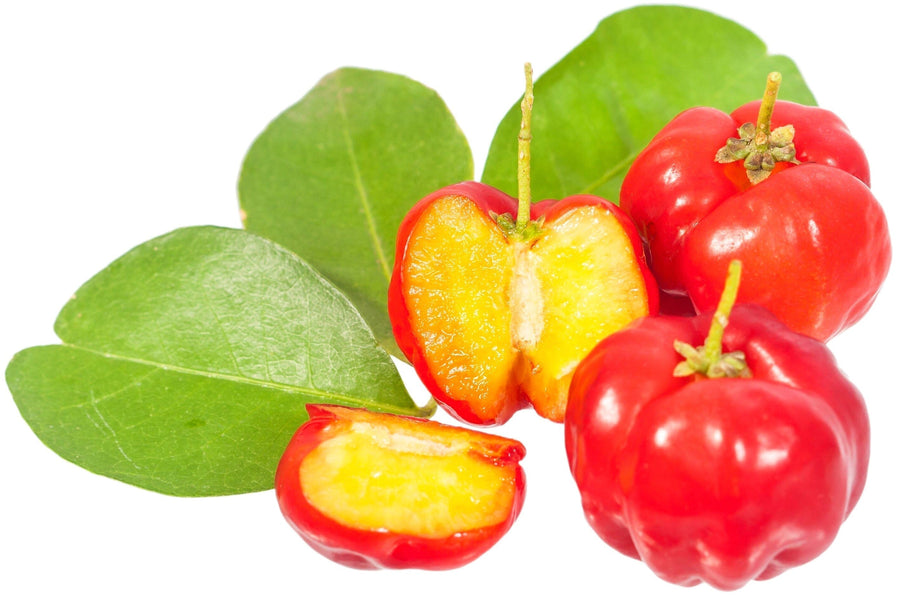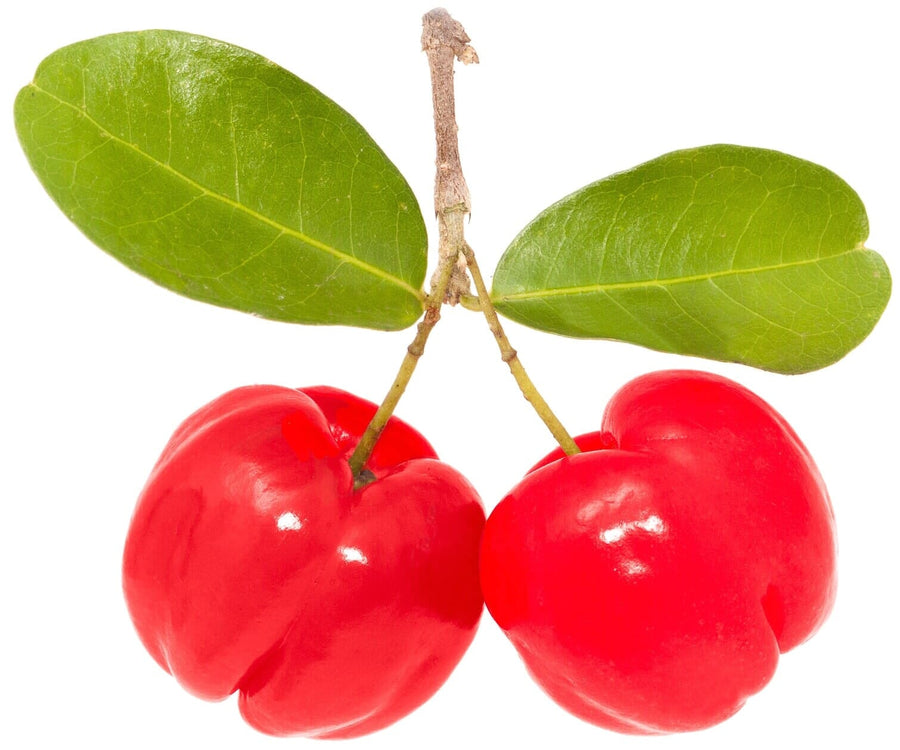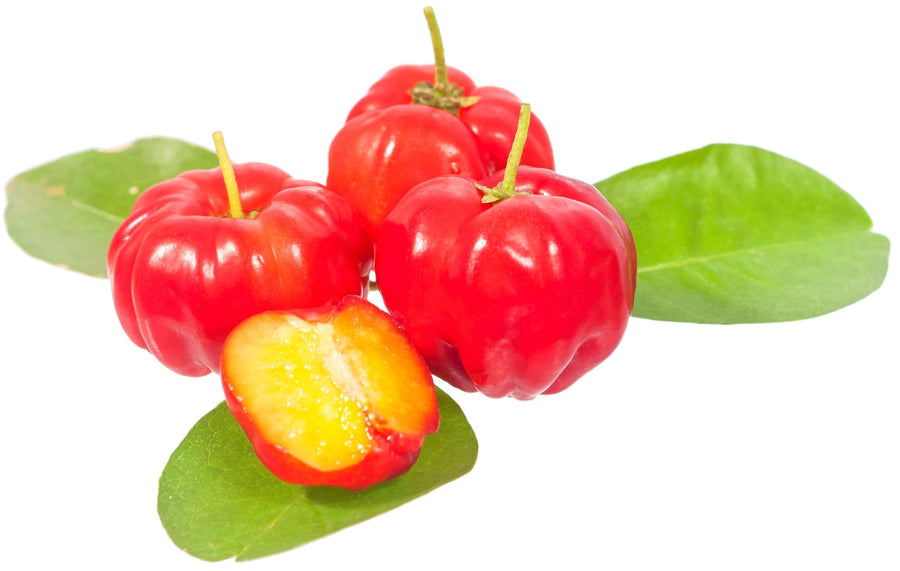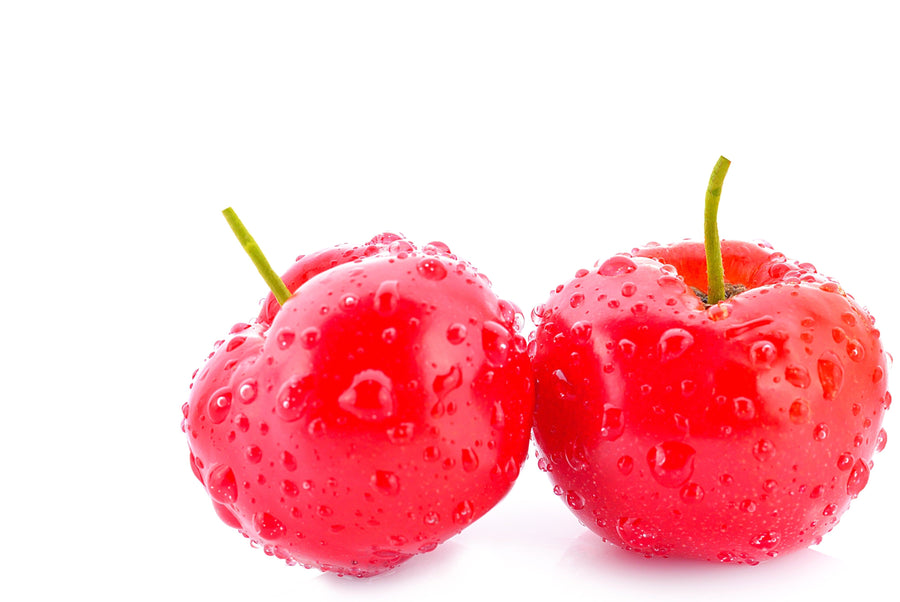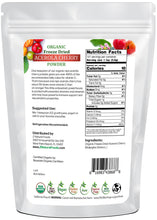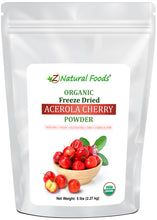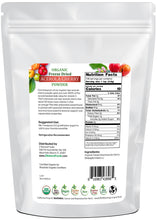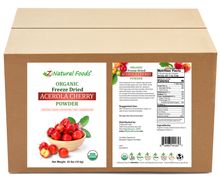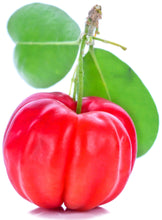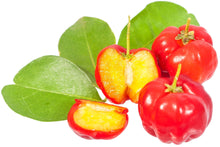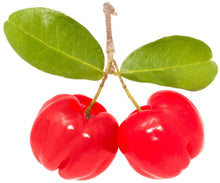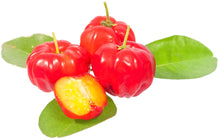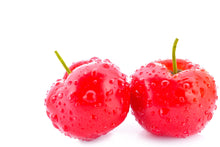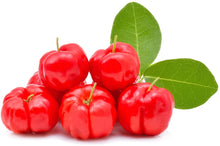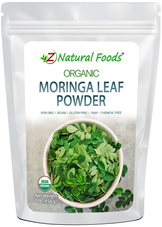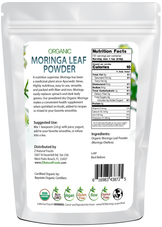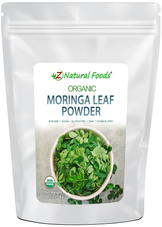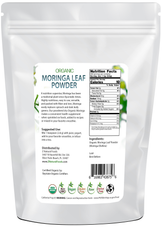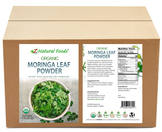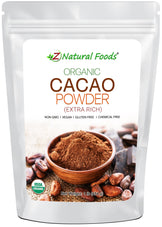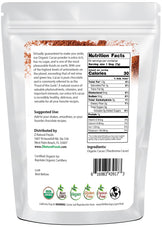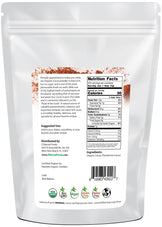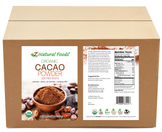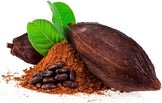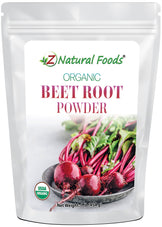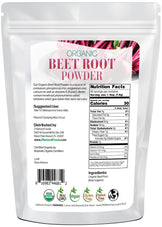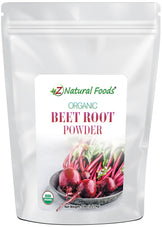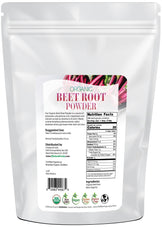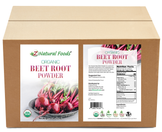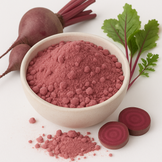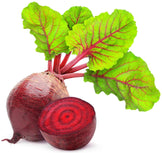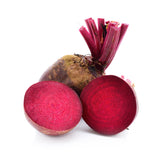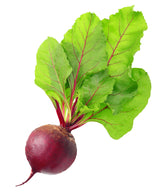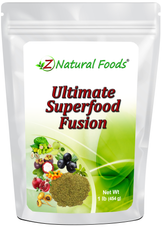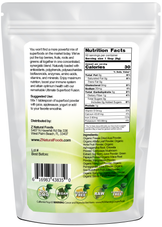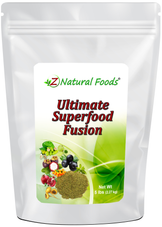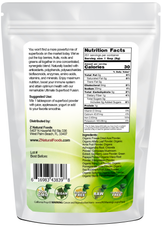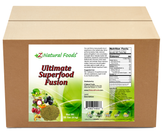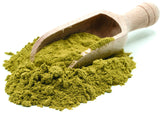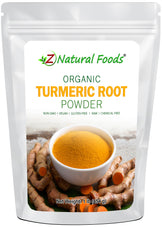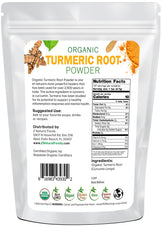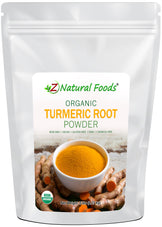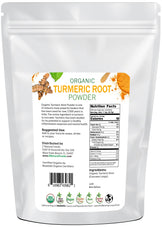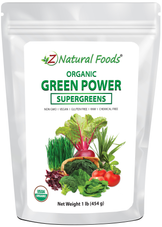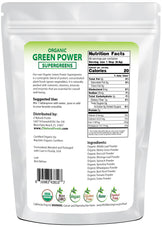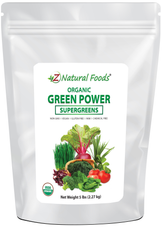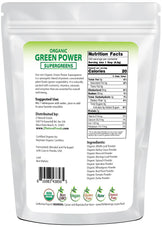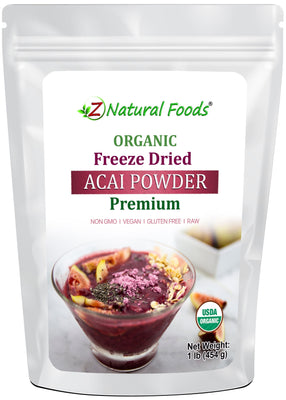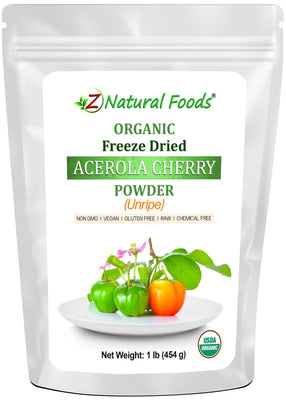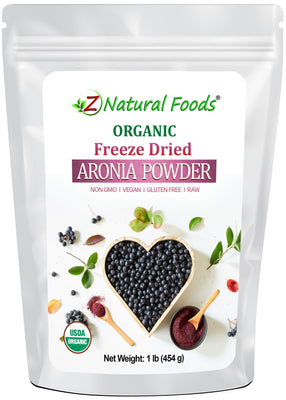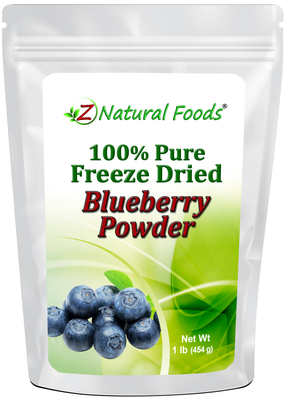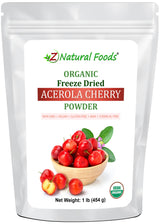About Product
Organic Freeze-Dried Acerola Cherry Powder (Malpighia emarginata) is sourced from Central and South America and carefully processed to preserve its natural composition. Acerola cherries are naturally high in vitamin C and contain plant-based compounds such as carotenoids and flavonoids, along with minerals including iron, phosphorus, calcium, and magnesium. The freeze-drying process helps maintain quality, making this powder a popular choice for smoothies, functional beverages, and other formulations.
- Anthocyanins: Pelargonidin, Cyanidin
- Flavones: Apigenin, Luteolin
- Flavonols: Kaempferol, Myricetin, Quercetin
- Lipids: EPA, DPA, DHA
- Vitamins: Vitamin C, Thiamin, Riboflavin, Niacin, Pantothenic Acid, Vitamin B-6, Folate, Folate DFE, Vitamin B-12, Vitamin A RAE, Retinol, Vitamin A IU
- Minerals: Magnesium, Phosphorus, Zinc, Copper, Selenium
Taste, smell, texture, and color may vary from batch to batch:
Due to its nature, this powder tends to clump. If clumping occurs, lay the bag on a flat surface and place a towel over the bag. Then pound on the bag until the clumps break up. The towel will help protect the bag from damage. To further reduce clumping, push as much air as possible before sealing the pouch and storing it in the refrigerator or freezer.
Suggested Use: Mix one tablespoon with juice and yogurt, or add to your favorite smoothie.
Mixing suggestion: To increase the flavor and nutritional profile, combine with our organic and Rosehip powders for a high test vitamin c.
Miscellaneous Facts about our ripe, raw, organic, wildcrafted, freeze-dried Acerola Cherry Powder
Certifications: Certified USDA Organic.
Ingredients: Raw, Ripe Acerola Cherry Fruit.
Parts Used: Whole Acerola, no seed.
Botanical Name: Malpighia Emarginata.
Other Names: Barbados Cherry, Antilles Cherry, West Indian Cherry, Wild Crape Myrtle, Puerto Rican Cherry.
Origin: Wildcrafted and Freeze-Dried in Brazil. Packaged with care in Florida, USA.
* Product packaging, pictures, and origin may vary.
Sources & References
1. Ratti, C. (2001). Hot air and freeze-drying of high-value foods: a review. Journal of Food Engineering, 49(4), 311-319.
2. Hwang, J., Noh, E. M., Moon, S. J., Kim, J. M., Kwon, K. B., Park, B. H., ... & Park, R. K. (2018). Ethanol extract of Acerola cherry inhibits the production of melanin by inducing autophagy in B16F10 melanoma cells. Korean Journal of Physiology & Pharmacology, 22(6), 627-636.
3. Santos, S. A. O., Freire, C. S. R., Domingues, M. R. M., Silvestre, A. J. D., & Neto, C. P. (2012). Characterization of phenolic components in polar extracts of Eucalyptus globulus Labill. Bark by high-performance liquid chromatography–mass spectrometry. Journal of Agricultural and Food Chemistry, 55(22), 11179-11187.
4. De Rosso, V. V., Mercadante, A. Z. (2007). Identification and quantification of carotenoids, by HPLC-PDA-MS/MS, from Amazonian fruits. Journal of Agricultural and Food Chemistry, 55(13), 5062-5072.
5. Cortes, M. F., Oliveira, C. A., Figueiredo, H. C. P., Resende, R. S., & Azevedo, V. (2019). Detection and characterization of international clones of Streptococcus agalactiae in Farmed Fish from Brazil. Frontiers in Microbiology, 10, 891.
6. Lima, V. L. A., Mélo, E. A., Maciel, M. I. S., Prazeres, F. G., Musser, R. S., & Lima, D. E. S. (2011). Total phenolic and carotenoid contents in acerola genotypes harvested at three ripening stages. Food Chemistry, 90(4), 565-568.
7. Zhang, Y., Lian, F., Zhu, Y., Xia, M., Wang, Q., Ling, W., & Wang, X. D. (2014). Cyanidin-3-O-β-glucoside inhibits LPS-induced expression of inflammatory mediators through decreasing IκBα phosphorylation in THP-1 cells. Inflammation Research, 63(6), 429-439.
8. "Malpighia glabra L." Germplasm Resources Information Network. United States Department of Agriculture. 2007-02-11. Retrieved 2009-12-16.
9. "Malpighia emarginata DC." Germplasm Resources Information Network. United States Department of Agriculture. 1998-05-18. Retrieved 2010-02-02.
10. Johnson, Paul D. (2003). "Acerola (Malpighia glabra L., M. punicifolia M. emarginata DC.) Agriculture, Production, and Nutrition". In Artemis P. Simopoulos, C. Gopalan. Plants in Human Health and Nutrition Policy 91. Karger Publishers. pp. 63-74. ISBN 978-3-8055-7554-6.
11. "Malpighia glabra L. wild crapemyrtle". PLANTS Database. United States Department of Agriculture. Retrieved 2009-10-17.
12. Mezadri T, Villanueva M, Fernández-Pachón M, García-Parrilla M, Troncoso A (2008). "Antioxidant compounds and antioxidant activity in acerola(Malpighia emarginata DC.) fruits and derivatives". Journal of Food Composition and Analysis 21 (4): 282"“290.
13. Assis S, Fernandes F, Martins A, Oliveira O (2008). "Acerola: importance, culture, conditions, production and biochemical aspects". Fruits 63: 93 “101.
14. "Barbados Cherry, Mexican Myrtle, Manzanita, Cerez, Huacacote, Wild Crepe Myrtle, Manyonita, Cerezo de Jamaica, Cerezo de Castillo, Pallo de Gallina, Escobillo, Chía, Arrayncito, Xocat, Xocatatl Malpighia glabra". Benny Simpson's Texas Native Shrubs. Texas A&M University. Retrieved 2009-12-15.
15. Hanelt, Peter (2001). Mansfeld's Encyclopedia of Agricultural and Horticultural Crops (Except Ornamentals). Springer. pp. 1127"“1128. ISBN 978-3-540-41017-1.
16. "Malpighia glabra L. Malpighiaceae" (PDF). Agroforestree Database 4.0. World Agroforestry Centre. 2009. Retrieved 2009-12-16.
17. National Geographic (2008). Edible: An Illustrated Guide to the World's Food Plants. National Geographic Books. p. 106. ISBN 978-1-4262-0372-5.
18. Vendramini T, Tugo L (2000). "Chemical Composition of acerola fruit (Malpighia punicifolia L.) at three stages of maturity". The Food Chemistry 71: 195 “198.
19. Nugent, Jeff; Julia Boniface (2004). Permaculture Plants: a Selection (2nd ed.). Chelsea Green Publishing. p. 63. ISBN 978-1-85623-029-2.
20. Acerola, an untapped functional superfruit: a review on latest frontiers - https://www.ncbi.nlm.nih.gov/pmc/articles/PMC6098779/
21. Kuskoski EM, Asuero AG, Morales MT, Fett R (2006). "Wild fruits and pulps of frozen fruits: antioxidant activity, polyphenols and anthocyanins". Cienc Rural 36 (4 (July/Aug).
22. "Absolut unveils Los Angeles "˜flavour". POPSOP.com. 2008-07-24.
23. http://www.naturalnews.com/043134_vitamin_C_intravenous_infusions_COPD.html
24. http://www.eurekalert.org/pub_releases/2013-11/aps-vcc110713.php
25. http://ajpregu.physiology.org/content/ajpregu/early/2013/09/20/ajpregu.00360.2013.full.pdf
26. http://www.vitamincfoundation.org/NaturalC.pdf
27. http://lpi.oregonstate.edu/infocenter/vitamins/vitaminC/vitCform.html
28. Gillman, Edward F. (October 1999). "Malpighia glabra". Cooperative Extension Services Institute of Food and Agricultural Sciences. University of Florida. Retrieved 2009-12-16.
29. http://www.ars-grin.gov/cgi-bin/duke/farmacy2.pl
30. https://ndb.nal.usda.gov/ndb/foods/show/2120
31. Ooi, P.A.C.; A. Winotai; Jorge E. Pea (2002). "Pests of Minor Tropical Fruits". In Jorge E. Peña, Jennifer L. Sharp, and M. Wysoki. Tropical Fruit Pests and Pollinators: Biology, Economic Importance, Natural Enemies, and Control. CABI. p. 326. ISBN 978-0-85199-434-5.
32. "Prescription for Herbal Healing"; Phyllis A. Balch; 2002.
33. "Brown-banded Skipper Timochares ruptifasciata (Plötz, 1884)". Butterflies and Moths of North America. Retrieved 2010-03-30.
34. "Florida Duskywing Ephyriades brunnea (Herrich-Schäffer, 1865)". Butterflies and Moths of North America. Retrieved 2010-03-30.
35. " White-patched Skipper Chiomara Georgina (Reakirt, 1868)". Butterflies and Moths of North America. Retrieved 2010-03-30.
36. Corren J, Lemay M, Lin Y, Rozga L, Randolph RK.. "Clinical and biochemical effects of a combination botanical product (ClearGuardTM) for allergy: a pilot randomized double-blind placebo-controlled trial." Nutr J. 2008 Jul 14;7(1):20
37. Janick, Jules; Robert E. Paull (2008). The Encyclopedia of Fruit & Nuts. CABI. p. 462. ISBN 978-0-85199-638-7.
38. Clein N (1956). "Acerola juice" The richest known source of Vitamin C: A clinical study in infants". The Journal of Pediatrics 48 (2): 140- 145.
* Reviews & Success Stories Disclaimer
Product reviews solely reflect the views and opinions expressed by the contributors and not those of Z Natural Foods. Z Natural Foods does not verify or endorse any claims made in these reviews. Statements have not been evaluated by the FDA and are not intended to diagnose, treat, cure, or prevent any disease or health condition.REFERRAL PROGRAM
Share your personal link to your friends and welcome them with rewards. Claim yours when they make their first purchase.

GIVE
$10 off discount

GET
$10 off discount
